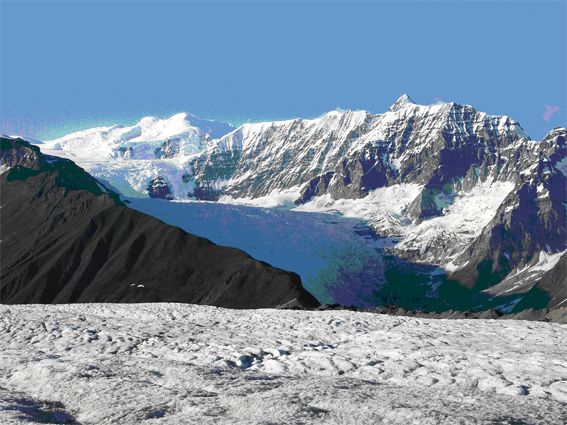? Glacier mass balance and glacier meteorology
? Response of glaciers to climate change
? Glacier dynamics, surging and tidewater glaciers, ice streams
? Ice-ocean interactions
? Ice-sheet modelling, Inverse modelling
? Glacier hydrology
? Remote sensing in glaciology
? Role of glaciers in the Arctic system
? Current research frontiers in glaciology

Course location: During the course, students will spend 8 full days at the Wrangell Mountains Center in McCarthy, followed by a one day workshop at the University of Alaska, Fairbanks. McCarthy is located a roughly 8 hour drive south of Fairbanks in the Wrangell Mountains, south central Alaska. McCarthy is a small village (< 100 inhabitants) in immediate vicinity to 5000 km2 glaciers originating in the Wrangell Mountains (up to 5000 m a.s.l.).
Course lecturers:
? Anthony Arendt, Matthias Braun, Ed Bueler, Regine Hock, Erin Pettit, Martin Truffer (UAF)
? Robert Anderson (INSTAAR, Boulder)
? Tad Pfeffer (University of Colorado, Boulder)
Course sponsors: International Arctic Research Center (IARC), University of Alaska, Fairbanks; International Arctic Science Commitee (IASC); International Glaciological Society (IGS); and NASA.

For information regarding application procedures, prerequisites, costs, etc. please visit: http://www.gi.alaska.edu/snowice/glaciers/events/summer_school/
The application deadline is February 1st, 2010.
